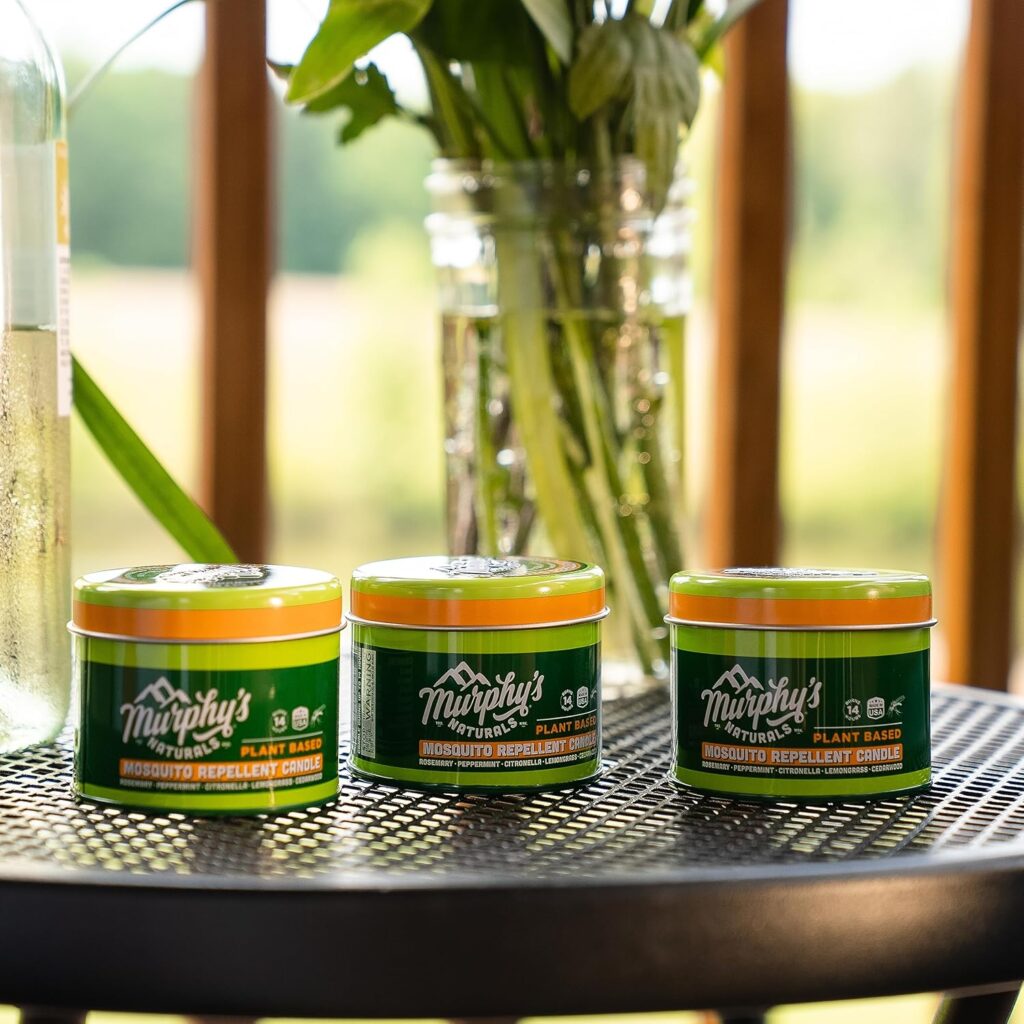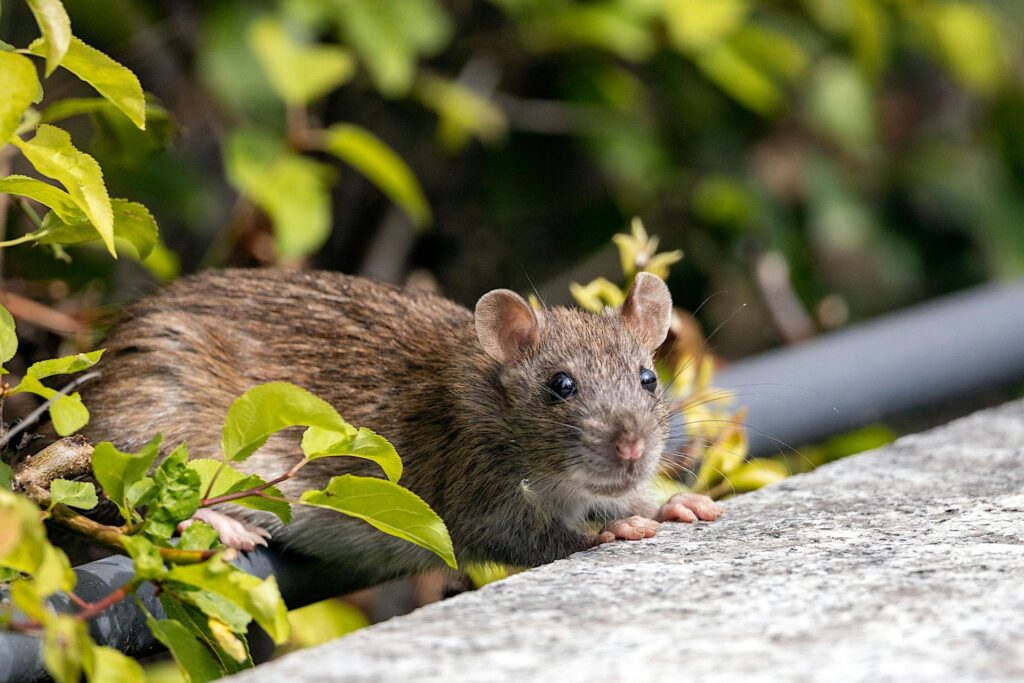From the bathroom to the basement, pests have a way of creeping into every corner of your home. But there’s one uninvited guest that’s particularly keen on raiding your kitchen: the Indian meal moth. These winged intruders are masters at infiltrating your pantry, slipping through cardboard and thin plastic to feast on grains, cereals, and other dry goods.
Left unchecked, they can turn your favorite snacks into something far less appetizing. That’s why knowing how to spot, prevent, eliminate, and control these pantry pests is essential to keeping your kitchen moth-free.
Let’s get started.
What are Indian Meal Moths?
Indian meal moths—also known as Plodia interpunctella—are tiny insects in the family Pyralidae. They are widespread and thrive globally in many different climates and environments. These pests are particularly problematic because they infest stored food products. An infestation can devastate a home and cause far-reaching disruptions in commercial food production and storage facilities.
Indian meal moths get their name because, historically, they have been associated with Indian corn or maize. But that’s not the only food they infest—they are attracted to all kinds of dried goods, even candy.
Sometimes, they are also called pantry months because they are often found in kitchen pantries where dry food is stored.
Although they’re small, Indian meal moths are definitely not something you want to overlook. These little pests can cause a lot of trouble by laying eggs in your food. Once those eggs hatch, the larvae start munching away, leaving behind silk webbing and droppings that contaminate everything. While they may not spread disease, they do ruin your food, forcing you to toss it out.
That’s why it’s so important to deal with an infestation before it gets out of hand.
How to Identify Indian Meal Moths
Adult Indian meal moths are about 1/2 inch long and have a wingspan of around 3/4 inch. Their wings are distinctive, featuring a two-toned appearance—grayish-white on the front half and reddish-brown to copper on the back half. This unique coloring makes them easier to identify than other household pests like cockroaches, ants, or silverfish, which often blend in more with their surroundings.
While adults are fairly easy to spot with their distinct coloring, it’s the larvae you really need to watch out for. The larvae, or caterpillars, are the immature stage of the moth. They are off-white with brown heads and can grow up to 2/3 inch long. These larvae are responsible for the most damage, as they feed on stored foods. You might find them in grains, cereals, nuts, dried fruits, and even pet food. They leave behind silk webbing and frass (insect droppings) and can cause food to clump together.
When identifying Indian meal moths visually, you might notice these signs of an infestation:
- Silk webbing on food items, packaging, and pantry shelves.
- Small worm-like larvae crawling on food or surfaces.
- Adult moths flying around your kitchen or pantry, especially at night.
How and Why Indian Meal Moths Inhabit Your Home
How do Indian meal moths get into your home? The most common culprit is infested food products from the supermarket. They can also fly in through open windows and doors, which is less likely.
Indian meal moths invade your home due to easy access to long-stored food, easily chewing through loose or original packaging like cardboard and thin plastic. Once inside, adults look for a place with ample food to lay their eggs. This includes:
- Grains (e.g., rice, wheat, cornmeal)
- Cereals
- Nuts and seeds
- Dried fruits
- Pet food
- Chocolate and candies
Potential Risks of Indian Meal Moths
While Indian meal moths are not known to spread diseases, their presence does pose several risks—some of which can be costly:
- Food Contamination: Larvae contaminate food with silk, frass, and webbing, making it unappetizing and unsafe to eat.
- Significant Food Waste: Contaminated food must be discarded, leading to financial losses both at home and in commercial food facilities.
- Allergic Reactions: Some people may experience mild allergic reactions to the larvae or their droppings.
- Widespread Infestation: If not controlled, Indian meal moths can spread to other food items, making the infestation harder and more costly to eliminate.
5 Ways to Prevent Indian Meal Moths
To avoid those costly risks, it’s crucial to take proactive steps to keep Indian meal moths out of your home. The tips below can help you reduce the likelihood of pantry moths taking up residence in your kitchen.
1. Inspect Food Items Before Purchase
Before buying groceries, always check the packaging for damage or contamination and check the expiration date. Avoid purchasing products with broken seals or visible moths. For example, look out for tiny holes in cereal boxes or webbing inside bags of flour.
2. Ensure Proper Storage
Store food in airtight containers made of glass, metal, or heavy plastic with tight-fitting lids to prevent moths from accessing and infesting the food. Additionally, since Indian meal moths thrive in humid environments, using dehumidifiers to dry storage areas will make your pantry less attractive to these pests.
3. Do Regular Cleaning
Keep your pantry and storage areas clean by vacuuming shelves and corners regularly, at least once a month, to remove crumbs and potential egg-laying sites. Pay special attention to cracks and small gaps where larvae might hide.
4. Monitor for Signs of Infestation
Check your food items at least once a month for signs of moths, larvae, or webbing. Early detection can help prevent a larger-scale infestation. To control any remaining adult moths, consider using pheromone traps or insecticides specifically labeled for pantry pests.
5. Rotate Food Stocks
Always practice the first-in, first-out (FIFO) method. This means older food items are used before newer ones. It reduces the time food is stored and decreases the chance of infestation.
How to Get Rid of Indian Meal Moths
If those pesky Indian meal moths have already made themselves at home in your pantry, it’s time to take action. Here’s your step-by-step plan to eliminate them for good:
- Throw Out Infested Food: Dispose of any food that shows signs of infestation, such as larvae, webbing, or damaged packaging. Seal it in plastic bags before discarding it to prevent the moths from spreading.
- Clean Thoroughly: Once the infested food is removed, clean your pantry shelves, corners, and storage containers with warm, soapy water. Pay special attention to cracks, crevices, and other hard-to-reach spots where larvae might hide.
- Use Traps: In your pantry, place pheromone traps designed for Indian meal moths. These traps release a scent that attracts adult moths, reducing their population over time. Traps are a great way to monitor the situation and catch any moths that may have been missed during the cleaning process.
- Seal Entry Points: Make sure all food is stored in airtight containers made of glass, metal, or heavy plastic. These materials are impenetrable to moths, unlike thin plastic or cardboard packaging. Additionally, inspect your pantry for any cracks, gaps, or other potential entry points, and seal them with caulk or weather stripping to block access.
- Call a Professional: If the infestation is severe, consider hiring a pest control company. They can provide targeted treatments and advice on preventing future problems.
Aptive: Your Trusted Partner in Pest Control
Indian meal moths can be a real nuisance, but with the right approach, you can protect your pantry and get rid of these pests for good. If you’re struggling with an infestation, don’t hesitate to contact us. Our experienced exterminators at Aptive are ready to help you eliminate Indian meal moths and keep your home protected from these pests. Reach out today to discuss your pest control options or request a quote.








